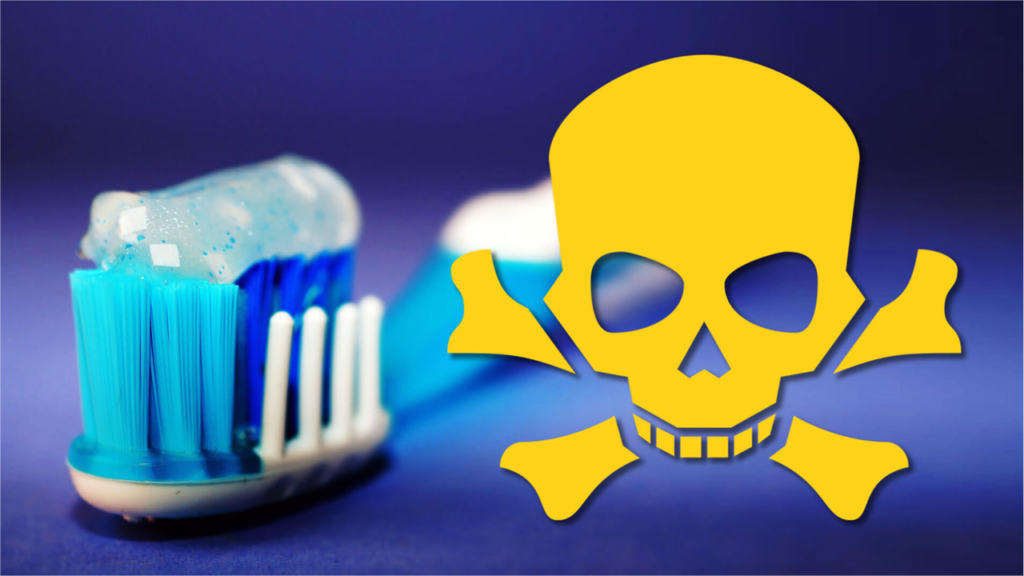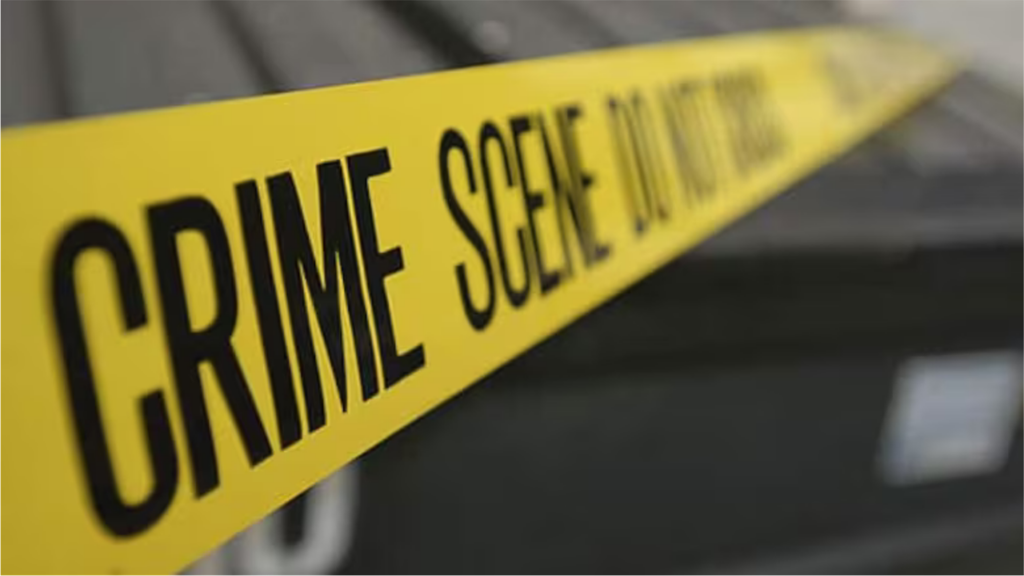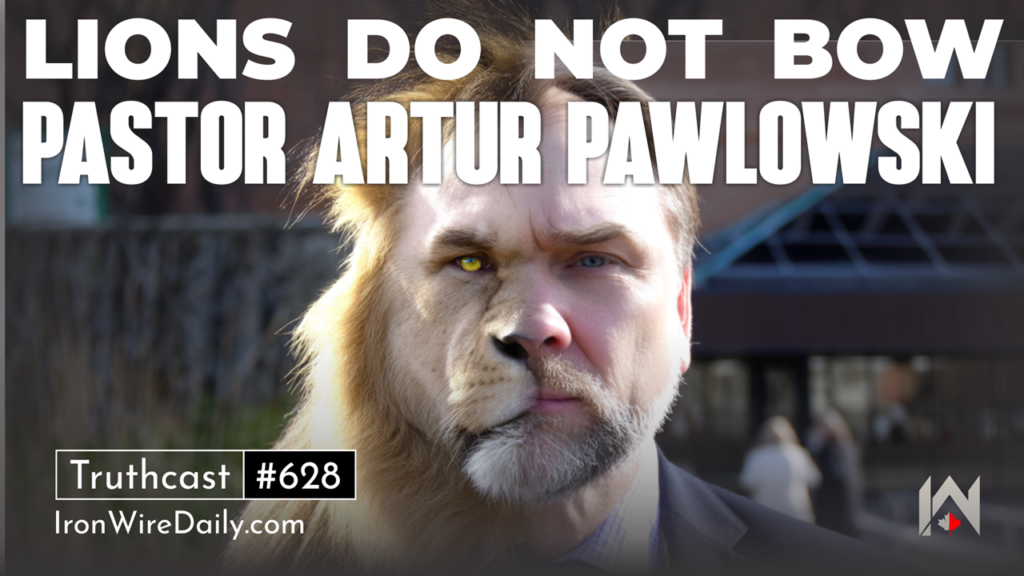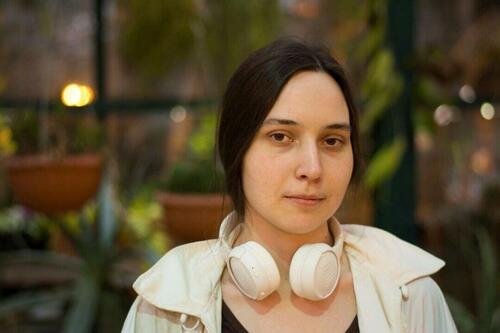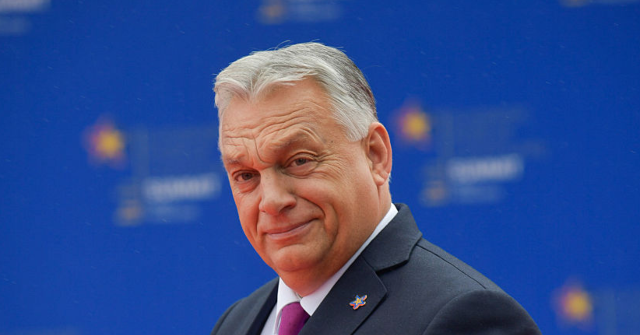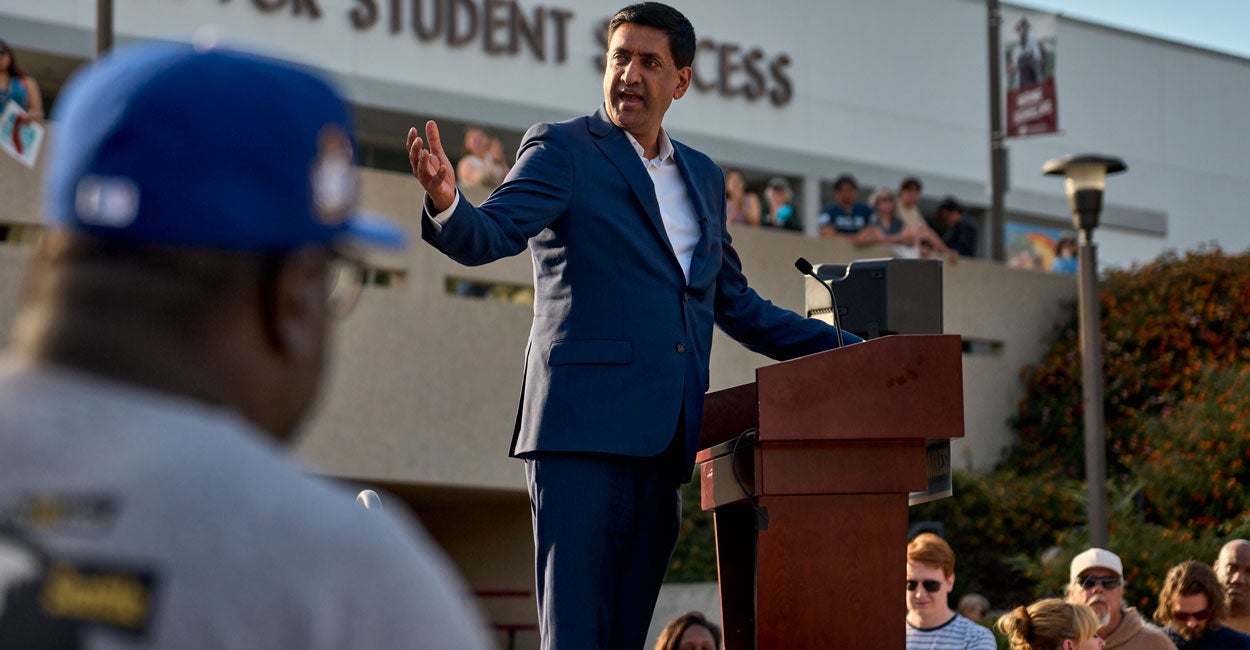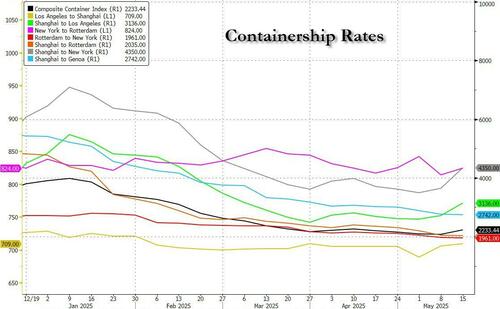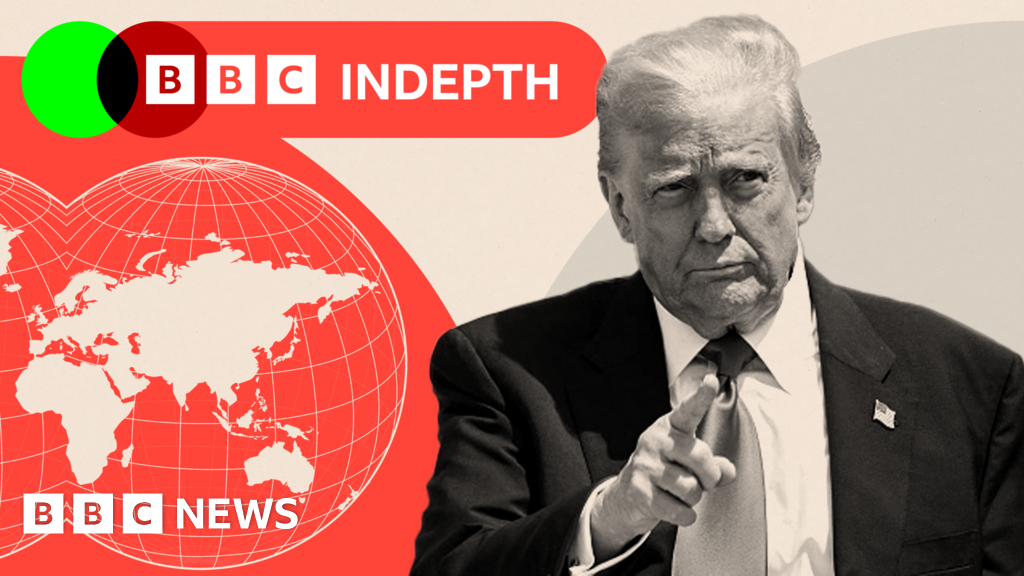What is the symbolism in the opening Mass of Pope Leo XIV on Sunday? – LifeSite

Fri May 16, 2025 – 1:11 pm EDT
VATICAN CITY (LifeSiteNews) — On Sunday, Pope Leo XIV will celebrate the opening Mass of his pontificate and receive the Pallium and Fisherman’s Ring, in a ceremony marked by tradition and deep significance.
In front of the watching eyes of thousands – both in St. Peter’s Square and around the world via television – Leo XIV will offer the opening Mass of his papacy on Sunday, during which he will don the papal Pallium and the receive the act of obedience from cardinals and representatives of the Church.
Sunday’s Mass is often dubbed the “inauguration” but this must not be taken to mean that it is during this Mass that Leo somehow properly becomes pope. As outlined by the Church’s law, the cardinal elected by the conclave becomes pope at the very moment he accepts the outcome of the vote inside the Sistine Chapel.
But Sunday’s Mass will see the key moment in which he receives the Pallium and the Fisherman’s Ring, marking the continuity between Leo and St. Peter as the Church traces an unbroken line of popes back to the very first Vicar of Christ.
As explained by the office of papal liturgical ceremonies:
The Eucharistic Celebration, with which the elected Pope officially begins his ministry, emphasizes in particular the “Petrine” dimension of the Pastor of the Catholic Church. The specific significance of the customary episcopal insignia, the Pallium and the Ring, is therefore emphasized. In addition to their reference to Christ and the Church, for the Successor of Peter they evoke the task entrusted to him by the risen Lord (Jn 21:15-17).
Every aspect of the liturgy is designed to emphasize the link between the new pope and the first: to highlight how the pope is tasked with continuing the duty imparted to St. Peter by Christ – to be “the rock on which Christ the Lord builds his Church.”
Link to St. Peter
Sunday’s Mass will be held in St. Peter’s Square, but prior to arriving there, Pope Leo XIV will perform the first of a number of highly significant actions.
Joined by the Patriarchs of the Eastern Churches, he prays at the tomb of St. Peter situated at the heart of St. Peter’s Basilica. Such a visit denotes how each pope must take guidance and inspiration from the example given by the Prince of the Apostles for his own Petrine ministry.
The presence of the Eastern Patriarchs shows the richness of the Catholic Church in Her many rites and traditions, while at the same time preserving the primacy of Peter with the See of Peter being the First See.
While Leo prays, the procession of his Pallium and Fisherman’s Ring proceeds to the outside altar, where he will shortly arrive himself. During this time, the ancient antiphons are sung of the Laudes Regiae, noted by the papal liturgical office as “invoking the intercession of the holy Pontiffs, martyrs, and saints of the Roman Church.”
Scriptural readings for the Novus Ordo liturgy are specifically chosen for the Mass in order to focus on how “Peter’s vocation as the foundation of the Church is rooted in the rock that is the Lord.” At the time when the Church and the world are looking with keen eyes at the Vatican, the Church’s liturgy presents the truth for all to see – namely that each pope must fulfill Christ’s command to “shepherd the flock entrusted to them by God,” and to preserve the faith handed down from Christ to His Church through each generation.
Receiving the papal insignia of Pallium and Ring
Following the singing of the Gospel in both Latin and Greek, three cardinals impart the Pallium and Fisherman’s Ring to the pope. The three comes from the three ranks of cardinals – cardinal bishops, priests, and deacons – and serve to represent the full body of the College of Cardinals.
But what is the Pallium?
Made of lamb’s wool, the Pallium is a Y-shaped liturgical vestment that is worn on top of the chasuble. It is a symbol both of the pope’s jurisdiction but also of Christ as the Good Shepherd, and the papal call to shepherd souls to Christ.
Hanging down the front and the back of the chasuble, the Pallium is white, but at each of the two ends is black in color. On the material are six crosses made in black silk, along with three pins.

These, as the office of papal liturgies explains, represent the nails used to fix Christ to the cross.
The Pallium, writes Simeon of Thessalonica in his liturgical commentary, “signifies the Savior who, encountering us as lost sheep, takes us upon his shoulders and, assuming our human nature in the Incarnation, divinized it, offered us to the Father through his death on the cross, and exalted us through his resurrection.”

It is a cardinal deacon who places the Pallium over the Pope’s shoulders, pronouncing a specific prayer full of theological symbolism to denote the crucial link between Leo and Peter:
The formula used refers to Christ, ‘the great shepherd of the sheep,’ whom God raised from the dead, and now He Himself passes it on to the Pope. It recalls that it was taken from Peter’s Confession to signify the connection with the Apostle who received from Christ himself the special task of guiding his flock. The new Pope succeeds Peter in the Church of Rome, which he brought to faith together with the Apostle Paul. After the litany invocation of the Laudes Regiae, this is the first mention of Paul as co-founder of the Church of Rome. The Spirit of truth is also invoked to sustain with his grace the ministry of the new Pope in confirming his brothers in the unity of faith.
After receiving the Pallium, the representative of the order of cardinal-priests recites a prayer invoking God to grant Leo the graces necessary for the office he exercises as pope:
O God, who do not disappoint those who call upon you with upright and devout hearts, hear the fervent prayer of your Church and pour forth your blessing upon your servant Leo, our Pope, to whom, through our humble service, you have granted primacy in the apostolic office. May he be strengthened by the gift of your Holy Spirit and worthily exercise his high ministry in accordance with the eminent charism he has received.
Next, Leo must take receipt of his Fisherman’s Ring, which is given to him by a cardinal-bishop. St. Peter is the “fisher of men” – as is the title given to him by Christ in the Gospels – and so each pope must continue this calling to draw souls towards the same crucified Christ.

The papal liturgical office comments that the ring also recalls how the pope must “confirm his brothers” in the faith, a fact highlighted by the prayer recited at this point of the liturgy:
Most Holy Father, may Christ, the Son of the living God, the shepherd and guardian of our souls, who built his Church upon rock, grant you the ring, the seal of Peter the Fisherman, who put his hope in him on the sea of Galilee, and to whom the Lord Jesus entrusted the keys of the Kingdom of heaven.
Today you succeed the Blessed Apostle Peter as the Bishop of this Church which presides over the unity of charity, as the Blessed Apostle Paul has taught. May the Spirit of charity, poured into our hearts, grant you the gentleness and strength to preserve, through your ministry, all those who believe in Christ in unity and fellowship.
Replete with both Pallium and Fisherman’s Ring, Pope Leo will then bless the crowds with the book of Gospels.
Rite of obedience
The liturgy has already been full of beautiful aspects denoting the power and authority of the papal office, but one important aspect still remains – namely the rite of obedience.
In a world seemingly enamored with rejection of authority this might seem strange, but the proper submission to the pope is a fundamental aspect of the ecclesial hierarchy established by God.
Historically, the entire College of Cardinals present at the Mass would kneel before the pope to make their act of submission to him and kiss his ring.
But in a change which began with Benedict XVI’s opening Mass the number has been reduced to just a selection of cardinals who represent the wider college.
Benedict changed the rite to number just 12 people or “representatives of the people of God,” comprising of cardinals and non-cardinals.
But shortly before his resignation took effect, Benedict approved alterations to the rite which returned to the more traditional custom of having all the cardinals make the rite of obedience, not just a token few among the 12 representatives of the people of God.

However, those changes were never seen.
For Pope Francis’ opening Mass in March 2013, the rite reverted to having 12 representatives of the people of God, with a small selection of cardinals in that number representing the entire College of Cardinals.
Leo’s ceremony will follow suit and will see 12 people make the rite of obedience. NCROnline reports that this number will be formed of the three cardinals already prominent in the ceremony, a bishop, a priest, a deacon, two superior generals, a married couple, a boy and girl from each continent.
During this ceremony the choir sings the Gospel passage “You are Peter, and on this rock I build my Church.”
All these poignant aspects of the papal ceremony take place before the homily, after which Mass continues as normal, followed by the solemn papal blessing and the Sunday Regina Caeli.
The ceremony is expected to draw large crowds with several heads of state and diplomatic figures to be in attendance.
Following the Mass, over the next week Leo XIV will take possession of the three other papal basilicas around Rome, including St. John Lateran, which is the Mother Church of the Catholic Church and home to his throne.
